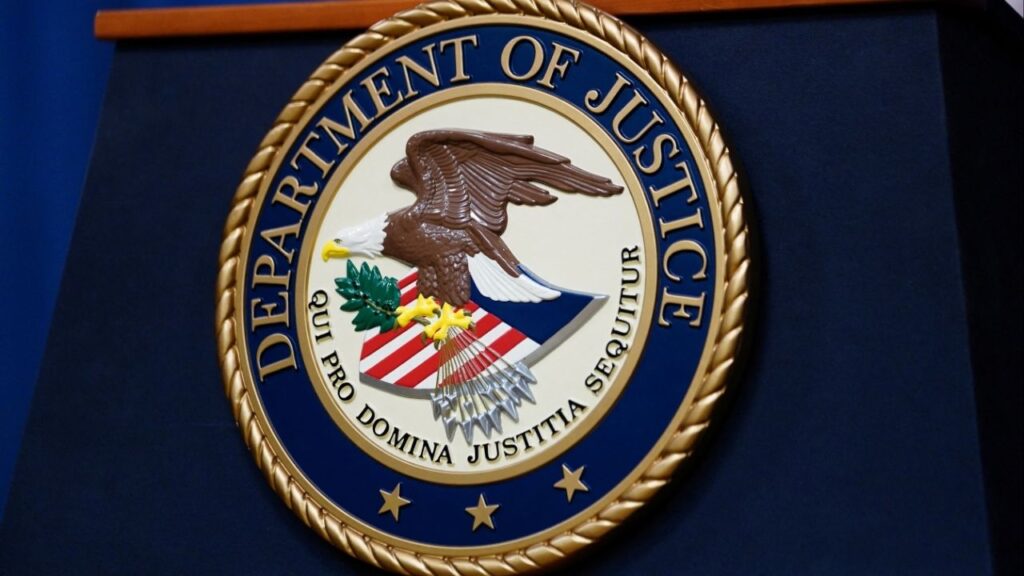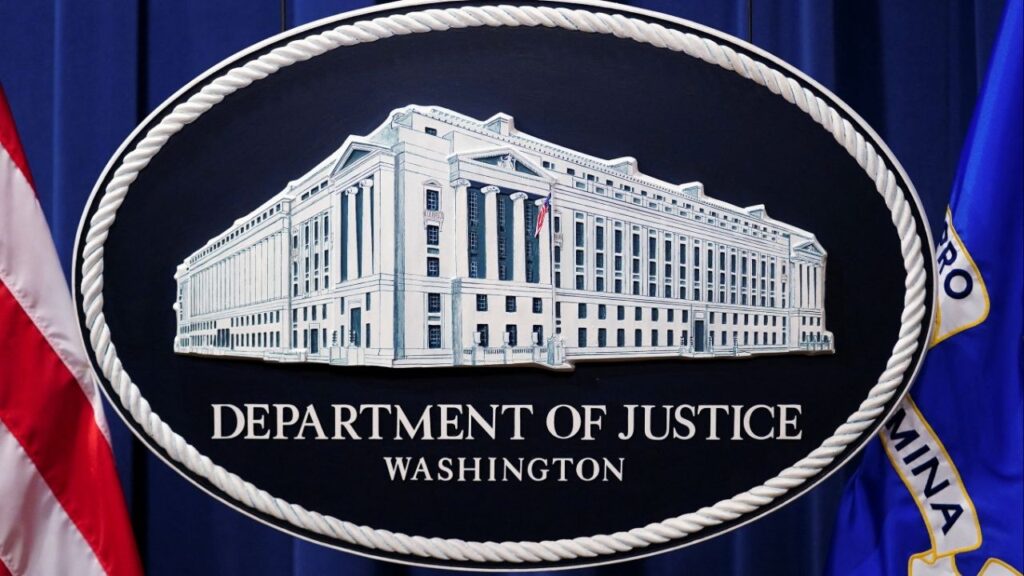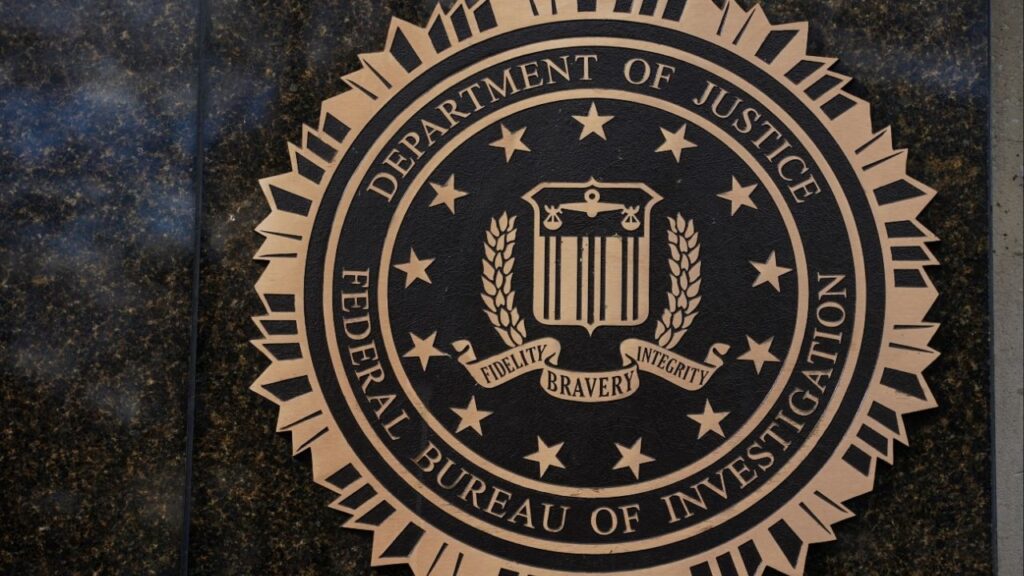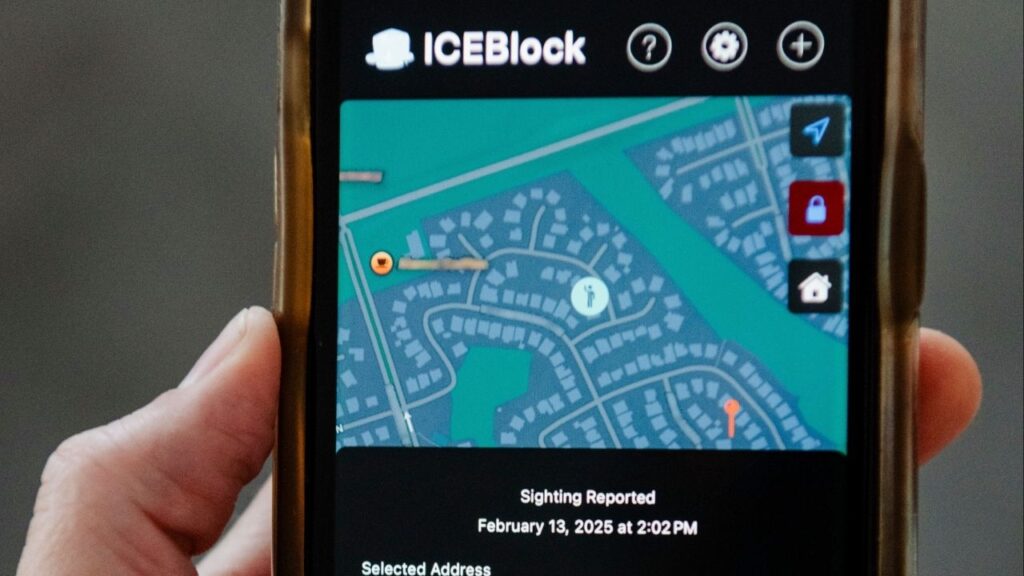Share
FLAGSTAFF, Ariz. — Before Neil Armstrong and Buzz Aldrin knew they would be the first to walk on the moon, they took crash courses in geology at the Grand Canyon and a nearby impact crater that is the most well-preserved on Earth.
“It’s a really interesting and unique part of our history, and it’s really cool to think that this relatively small town in northern Arizona played such a big role in the Apollo missions,” said Benjamin Carver, a public lands historian at Northern Arizona University.
Today, astronaut candidates still train in and around Flagstaff, which is among many cities celebrating the 50th anniversary of the first moon landing on July 20, 1969.
They walk in the same volcanic cinder fields where the U.S. Geological Survey intentionally blasted hundreds of craters from the ground to replicate the lunar surface, testing rovers and geology tools.
Scientists used early photos of the moon taken from orbit and re-created the Sea of Tranquility with “remarkable accuracy” before Apollo 11 landed there in 1969, the Geological Survey said.
Astronauts studied moon mapping at Lowell Observatory in Flagstaff where Pluto was discovered and peered at their eventual destination through telescopes at various northern Arizona sites.

Armstrong, Aldrin Also Hiked Grand Canyon
The region’s role in moon missions is credited to former Geological Survey scientist Gene Shoemaker, who moved the agency’s astrogeology branch to Flagstaff in 1963. It wasn’t long before Shoemaker guided Armstrong and Aldrin on hikes at Meteor Crater as he pushed to ensure NASA would include geology in lunar exploration.
A story passed down by geologists at the crater says Aldrin ripped his spacesuit on jagged limestone rocks that are part of the aptly named “tear-pants formation,” forcing a redesign, head tour guide Jeff Beal said.
Armstrong and Aldrin also hiked the Grand Canyon. A historical photo shows Armstrong carrying a rock hammer, a hand lens and a backpack for rock samples.
Harrison “Jack” Schmitt was the only Apollo astronaut who didn’t train at the national park. The geologist left Flagstaff to become an astronaut, and while his comrades were learning geology, he was learning to be a pilot.
In another historical photo, Apollo astronauts Jim Irwin and David Scott ride around in Grover, a prototype of the lunar rover made in Flagstaff from spare parts and now on display at the Astrogeology Science Center.
The eventual lunar rover used in three Apollo missions famously got a broken fender on a 1972 mission to the moon. Astronauts cobbled together a quick fix that included a map produced by geologists in Flagstaff.
Flagstaff Celebrating 50th Anniversary
In yet another historical photo, Pete Conrad and Alan Bean stand in the volcanic cinder field bordered by ponderosa pine trees holding a tool carrier. Bean would later say: “I now love geology, thanks to these early experiences in Flagstaff,” local historian Kevin Schindler co-wrote in a book on space training in northern Arizona.
“It will be pretty inspiring for them. It’s inspiring for us being involved in this, but knowing you’re walking in the boot steps of these previous astronauts here in Flagstaff and, hopefully, some day on another body,” she said.
Flagstaff is celebrating the 50th anniversary of the first moon landing with tours, exhibits, talks and moon-themed food and art.
Charlie Duke, the youngest astronaut on the moon, is returning to Flagstaff in September as the keynote speaker at an annual science festival. He and Jason Young, who were on Apollo 17, named a moon crater “Flag Crater.”

Acknowledging Its Importance in Moon Missions
Retired Flagstaff geologist Gerald Schaber plans to celebrate the lunar legacy wearing the same turquoise bolo tie that distinguished Shoemaker’s Arizona crew from others who worked on moon missions. Schaber was at Mission Control in Houston in 1969, monitoring black-and-white images while bent over a map trying to gauge the distance between Armstrong and Aldrin using cutouts of the men.
“I was just trying to do the best I could with the primitive tracking ability we had in those days,” he said from his home in Flagstaff where he has a signed photograph of a hill on the moon that Apollo 15 astronauts referred to “Schaber Hill.”
Of the three crater fields created in northern Arizona for astronaut training in the late 1960s, only one has a sign acknowledging its importance in the moon missions. Visitors can walk through gaps in a barbed-wire fence and feel their feet sink into the volcanic cinders, although not as deep as the astronauts’ feet on the moon.
The craters don’t come into view without being close up, some as darkened, shallow depressions and others as giant welts in the ground partially lost to the weather.
Arizona has approved a nomination to list several of the training sites on the National Register of Historic Places to better preserve them, but federal approval is still needed.
RELATED TOPICS:
Categories

100 Nigerian Students Rescued, More Still With Kidnappers


















